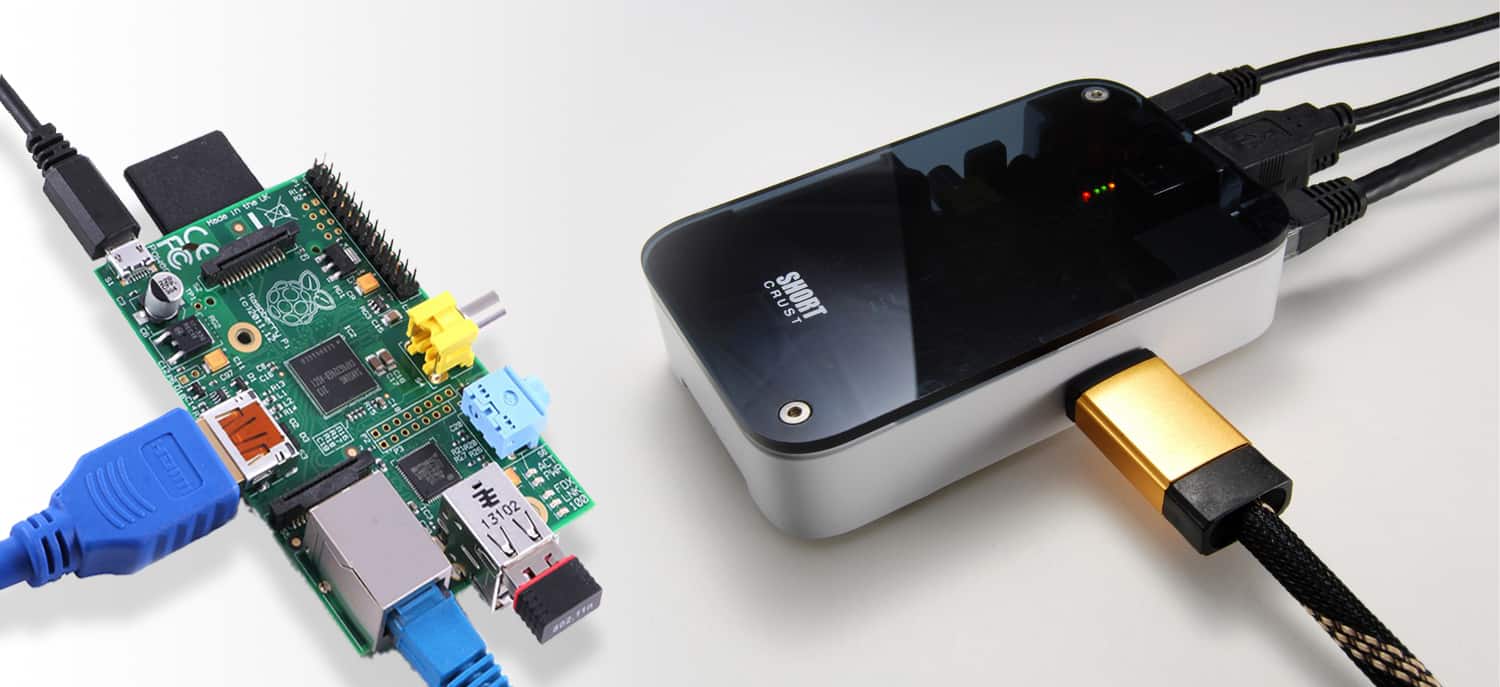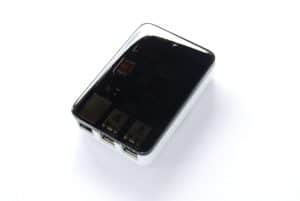 The challenge for any consultant product developer is to apply your wisdom and expertise to help develop better products for your client. But what lessons do you learn when you decide to design, manufacture, launch, and market your own product?
The challenge for any consultant product developer is to apply your wisdom and expertise to help develop better products for your client. But what lessons do you learn when you decide to design, manufacture, launch, and market your own product?
In 2012, the Raspberry Pi Foundation released a small, basic and affordable computer called the “Raspberry Pi 1.” This single-board computer was intended for the classroom with the aim of providing students with hands-on computing experience. But the device proved significantly more popular than anticipated and was adopted by all sorts of enthusiasts and hobbyists, applying the platform to a huge range of applications. Invetech designer, engineer and Program Manager, Craig Wilkinson, had been thinking about developing a product in his personal time for the experience it would provide him when his computer engineer brother, Judd, suggested that the growing Raspberry Pi market showed potential.
The opportunity, they decided, lay in the external case options that were available at the time. Like customizing the appearance of your mobile phone through different cases, cases for the computer were available, but were basic and lacked sophistication. Craig identified that he could significantly improve not only on the aesthetics of the cases, but also affect how people would use the computer.

